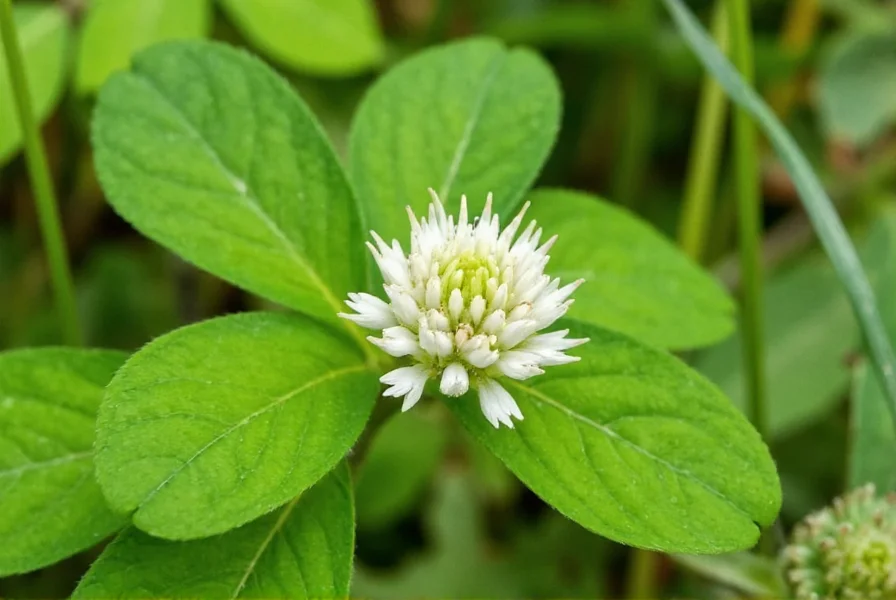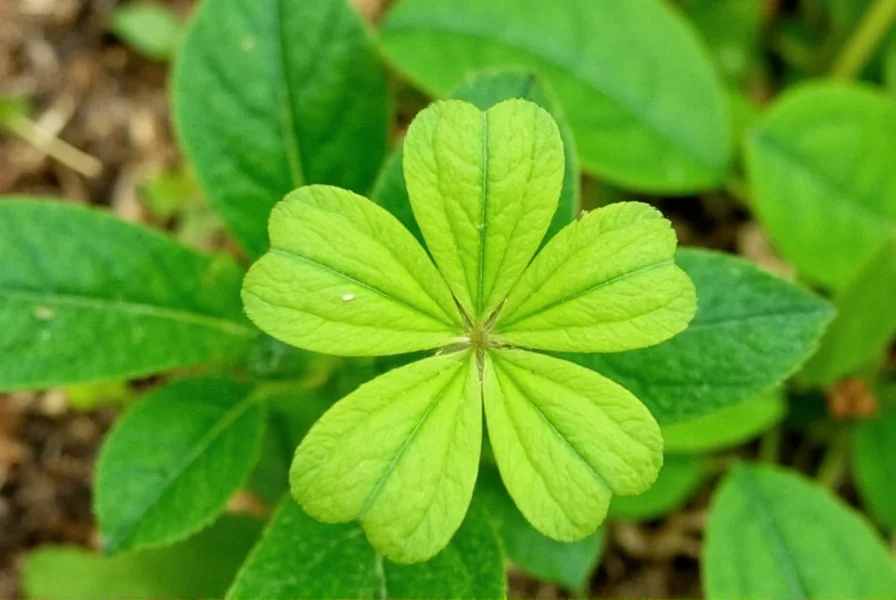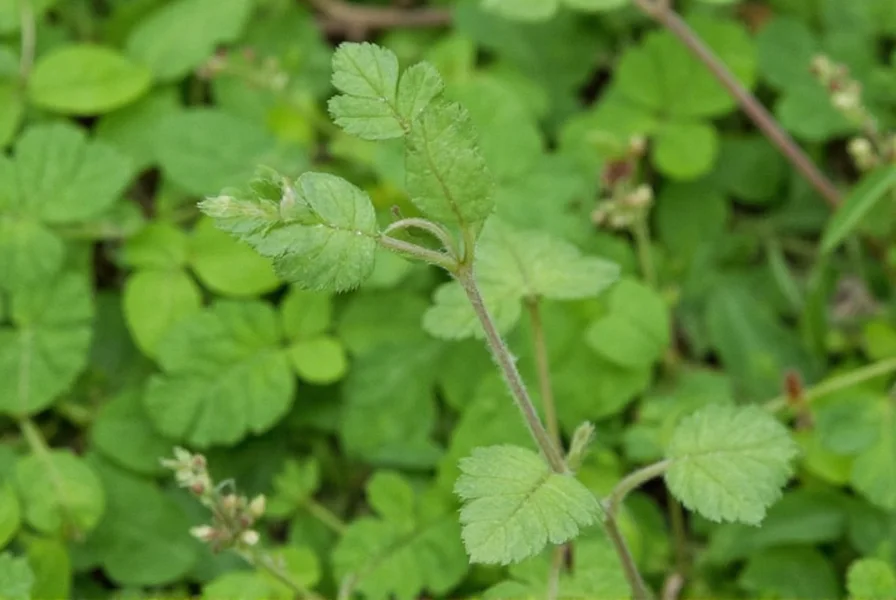Bur clover, scientifically known as Medicago polymorpha, represents one of the most versatile and ecologically significant plants in the legume family. This hardy annual completes its life cycle within a single growing season, making it particularly valuable in agricultural rotations and soil restoration projects. Unlike many clover species that are perennial, bur clover's annual nature allows it to quickly establish in disturbed soils while contributing substantial nitrogen to the ecosystem through its root nodules.
The plant typically reaches heights of 4-16 inches with prostrate or ascending stems that form dense mats. Its trifoliate leaves consist of three oval leaflets with toothed margins, while the small yellow flowers bloom in clusters of 2-5. What truly distinguishes bur clover from other clovers is its unique seed pods—spiny, coiled structures that resemble miniature burrs, giving the plant its common name. These pods mature from green to brown and effectively disperse seeds by attaching to passing animals or clothing.
| Characteristic | Description |
|---|---|
| Scientific Name | Medicago polymorpha |
| Plant Type | Annual legume |
| Height | 4-16 inches |
| Leaf Structure | Trifoliate with toothed margins |
| Flower Color | Yellow |
| Seed Pods | Coiled, spiny burrs |
| Native Region | Mediterranean |
| Current Distribution | Worldwide (temperate regions) |
Habitat and Geographic Distribution
Bur clover thrives in a wide range of environments, demonstrating remarkable adaptability to various soil types and moisture conditions. Originally native to the Mediterranean basin, it has successfully naturalized across temperate regions worldwide, including North America, Australia, and parts of Asia. This plant commonly appears in disturbed areas such as roadsides, agricultural fields, pastures, and lawns. It shows particular affinity for sandy or loamy soils but can tolerate clay conditions as well. Understanding bur clover identification becomes essential for farmers and gardeners working with this plant in different ecosystems.
One reason for bur clover's global success lies in its flexible germination requirements. Seeds can sprout in both cool and warm conditions, with optimal growth occurring between 50-75°F. The plant demonstrates moderate drought tolerance once established, though it performs best with consistent moisture. In agricultural contexts, bur clover as a cover crop provides excellent ground cover that prevents soil erosion while enriching the soil with nitrogen.

Ecological Benefits and Agricultural Value
The nitrogen-fixing capabilities of bur clover make it exceptionally valuable for soil health improvement. Through symbiotic relationships with Rhizobium bacteria in root nodules, this plant converts atmospheric nitrogen into forms usable by other plants. When incorporated into soil as green manure, bur clover can contribute 50-150 pounds of nitrogen per acre, reducing the need for synthetic fertilizers. This characteristic makes bur clover benefits for soil particularly significant in sustainable farming systems.
Beyond nitrogen fixation, bur clover serves multiple ecological functions. Its dense growth habit suppresses weeds by blocking sunlight to competing plants. The plant also improves soil structure through its extensive root system, enhancing water infiltration and reducing compaction. During flowering, bur clover attracts numerous pollinators, including bees and butterflies, supporting local biodiversity. For livestock producers, bur clover as forage provides nutritious feed during its early growth stages, though the mature burs can irritate animal mouths.
Management Considerations for Gardeners and Farmers
While bur clover offers numerous benefits, its management requires careful consideration depending on your specific goals. In agricultural settings, bur clover control methods differ based on whether you're cultivating it intentionally or treating it as a weed. When used as a cover crop, farmers typically terminate bur clover before seed set to maximize nitrogen contribution while preventing excessive self-seeding.
For gardeners dealing with bur clover in lawns, understanding how to identify bur clover versus other clovers is crucial for effective management. Unlike white clover (Trifolium repens), which forms dense mats with white flower heads, bur clover produces distinctive coiled seed pods and yellow flowers. In ornamental landscapes, some gardeners welcome bur clover as a low-maintenance ground cover that requires minimal water once established. However, those seeking a uniform lawn may consider bur clover control methods such as proper mowing height (2-3 inches helps suppress it) or targeted organic herbicides.

Comparative Analysis with Similar Species
Distinguishing bur clover from other common clovers and legumes represents a frequent challenge for botanists and land managers. The most similar species include black medic (Medicago lupulina) and hop clover (Trifolium agrarium). Black medic shares the coiled seed pods but differs in having smaller, darker flowers and more rounded leaflets. Hop clover features similar yellow flowers but lacks the distinctive burred seed pods, instead producing smooth, oval seed pods.
Accurate bur clover identification becomes particularly important when considering whether bur clover is good for lawns or agricultural fields. Unlike many weeds, bur clover generally indicates healthy soil rather than poor conditions. Its presence often signals adequate moisture and reasonable fertility. When evaluating bur clover life cycle characteristics, note that it germinates in fall or early spring, flowers in late spring, and sets seed by early summer before dying back with summer heat.
Practical Applications and Considerations
For those interested in utilizing bur clover intentionally, several practical applications merit consideration. As a cover crop, it works exceptionally well in vegetable rotations, orchards, and vineyards. When planting bur clover as a cover crop, seed at 10-15 pounds per acre in early fall for optimal establishment. The plant typically requires minimal inputs beyond initial seeding, making it cost-effective for sustainable agriculture operations.
Home gardeners might wonder if bur clover is edible. While not commonly consumed by humans today, historical records indicate that young bur clover leaves and flowers were occasionally used in salads or as potherbs. However, the mature burs contain compounds that can cause digestive upset if consumed in quantity, so most modern foragers avoid it in favor of more palatable edible clovers. Livestock generally consume young bur clover without issue, though the mature burs can cause mouth irritation.
Conclusion
Bur clover represents a fascinating example of a plant that straddles the line between beneficial cover crop and common weed. Its ecological benefits, particularly for soil health through nitrogen fixation and erosion control, make it valuable in sustainable agricultural systems. At the same time, its weedy characteristics can pose challenges in certain lawn and garden settings. Understanding bur clover identification, growth habits, and management options allows land managers to make informed decisions about whether to encourage or control this versatile plant. Whether viewed as a valuable soil builder or a persistent weed, bur clover's adaptability and ecological contributions ensure its continued presence in landscapes worldwide.











 浙公网安备
33010002000092号
浙公网安备
33010002000092号 浙B2-20120091-4
浙B2-20120091-4